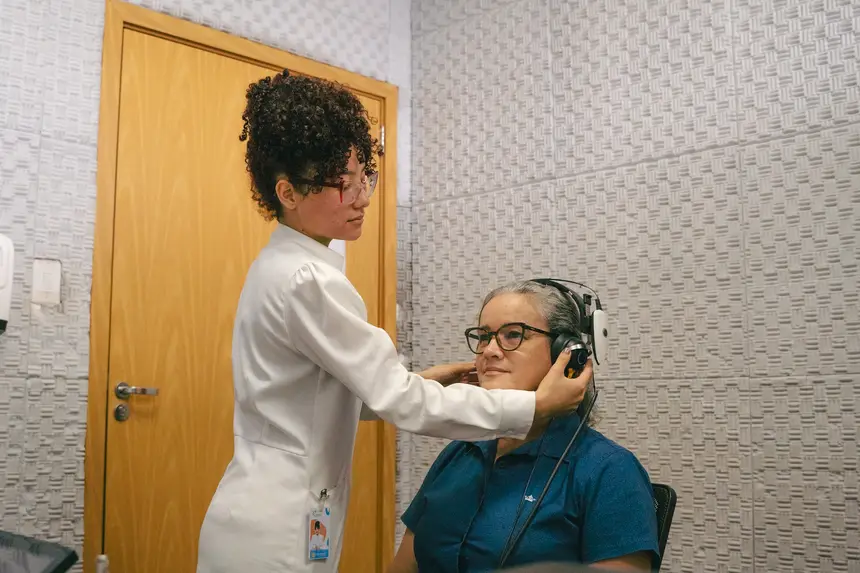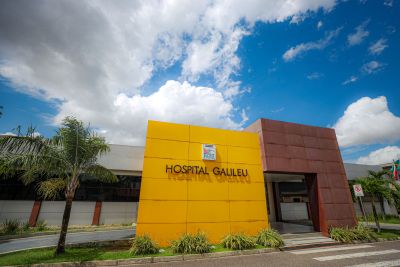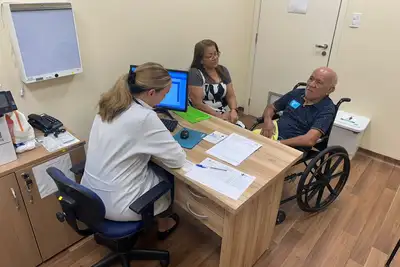Rehabilitation Center reinforces guidelines for auditory health and highlights the importance of early diagnosis
On National Day for Prevention and Combat of Deafness, CIIR draws attention to the care for hearing and the free services of consultations, therapies, and auditory rehabilitation offered in Pará

Taking care of hearing is essential for maintaining communication, coexistence, and quality of life. At the Integrated Center for Inclusion and Rehabilitation (CIIR), this care translates into ongoing actions for prevention, diagnosis, and auditory rehabilitation, aimed at children, adults, and the elderly throughout the state of Pará.
On this November 10, the date that celebrates National Day for Prevention and Combat of Deafness, CIIR reinforces the importance of early diagnosis and professional follow-up in the face of any changes in hearing, encouraging the population to seek medical evaluation whenever there is suspicion of hearing loss.
A reference in specialized assistance, CIIR offers free services through the state government, via the State Department of Public Health (Sespa) and the Unified Health System (SUS).
According to otorhinolaryngologist Naiade Oliveira, the most common causes of deafness include aging, exposure to loud noises, ear infections, genetic predisposition, and the use of ototoxic medications. “The most frequently addressed cause in our service is still non-syndromic genetics,” explains the doctor.
Auditory evaluation depends on the age and cooperation of the user. Among the main tests performed are audiometry, otoacoustic emissions, and Bera (Brainstem Auditory Evoked Potential). “When there are cases of hearing loss in the family, it is essential to seek an otorhinolaryngologist as soon as possible. It is also important to avoid loud noises and the use of medications without medical guidance,” advises Naiade.

User Joice Barbosa sought CIIR after a year with hearing loss in one ear. “It was a relief to find care here. Sometimes we take a long time due to fear or lack of information, but only the professional can indicate the right treatment,” she reported.
Specialized assistance
Speech therapist Alessandra Oliveira, a postgraduate student in hospital speech therapy, explains that the service conducts a series of tests for investigation and follow-up. “Here we perform a series of fundamental tests for the investigation and monitoring of auditory health: Immittance, Otoacoustic Emissions, Pure Tone Audiometry, and Speech Audiometry. Together, these tests cover the evaluation of the middle ear (eardrum and ossicles) to the cochlea (hair cells), allowing for precise identification and differentiation of changes such as hearing loss,” she detailed.
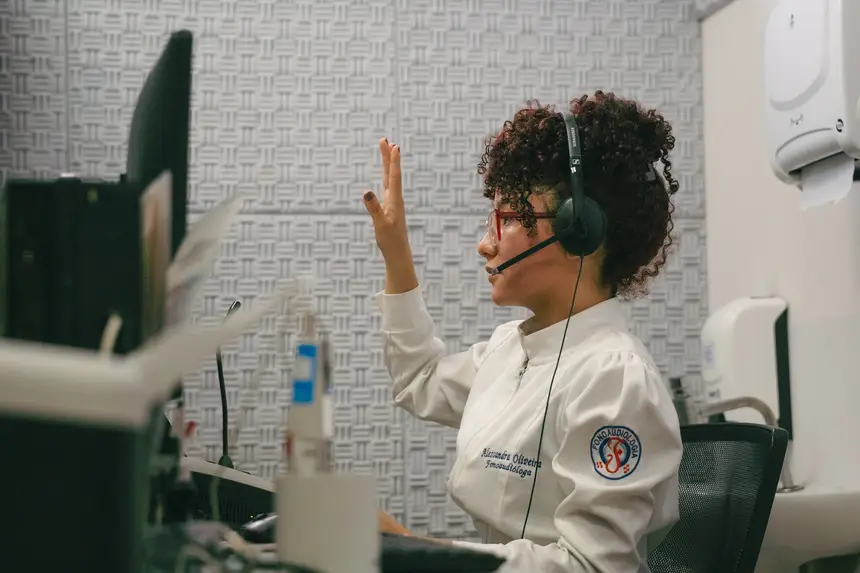
In cases where the user cannot respond to conventional audiometry commands, the Bera test is used as it does not depend on the participant's response, ensuring greater diagnostic accuracy.
Services
Only in 2025, CIIR has already conducted 2,621 audiometry tests and 1,507 Bera tests, in addition to serving 149 users in auditory rehabilitation, including children, adults, and the elderly.
According to Bruno Cruz, the coordinator of the Rehabilitation sector at CIIR, the service is provided in an integrated and humanized manner. He emphasizes that the institution prioritizes the needs and desires of users with hearing disabilities.
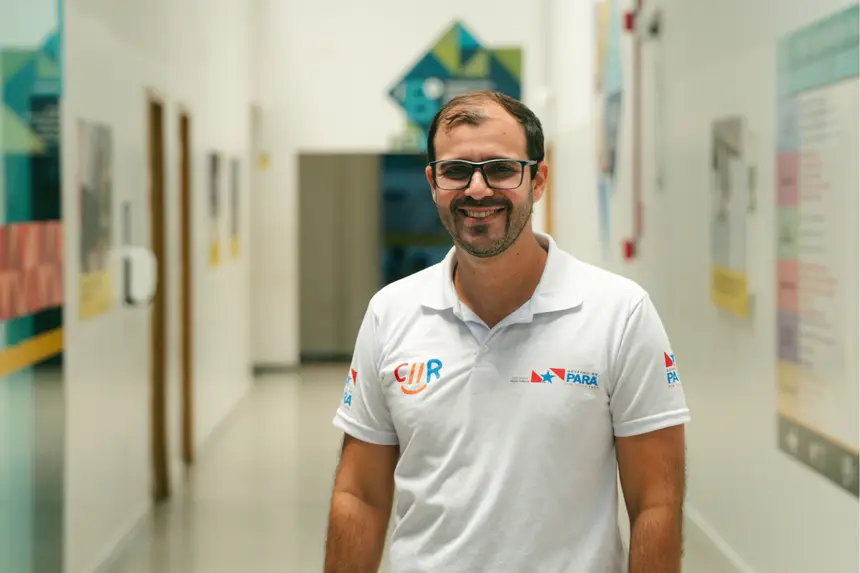
“At CIIR, there are medical consultations, therapies, psychology, speech therapy, and support in Libras (Brazilian Sign Language), which promotes real and effective inclusion. The Center provides translators and interpreters of Libras for the service of deaf users and also promotes Libras training in Service, which trains employees and multidisciplinary teams for more accessible reception. Here at CIIR, our users can count on us,” he states.
Bruno adds that the integration between otorhinolaryngology and speech therapy is fundamental for the success of treatment and that the Center has been able to expand access to services and the delivery of hearing aids, ensuring that users feel included and part of society.

“It doesn't matter if a person has mild or profound hearing loss. What matters is to accept oneself, to include oneself, and to participate. CIIR is available to the population with the commitment to increasingly promote the inclusion of people with disabilities throughout Pará,” concludes the coordinator.
Reference – CIIR is a reference in Pará for medium and high complexity assistance to People with Disabilities (PwD) visual, physical, auditory, and intellectual. Users can access the Center's services through referrals from health units, welcomed by the Regulation Center of each municipality, which in turn forwards to State Regulation. The request will be analyzed according to the user's profile by the State Regulation System (SER).
Service: The Integrated Center for Inclusion and Rehabilitation is an agency of the Government of Pará, managed by the National Institute for Social and Human Development (INDSH) in partnership with the State Department of Public Health (Sespa). It operates at Rodovia Arthur Bernardes, 1000, Val-de-Cães neighborhood, in Belém. More information: (91) 4042-2157/ 58/ 59.
Text by Tarcísio Barbosa - Ascom CIIR


